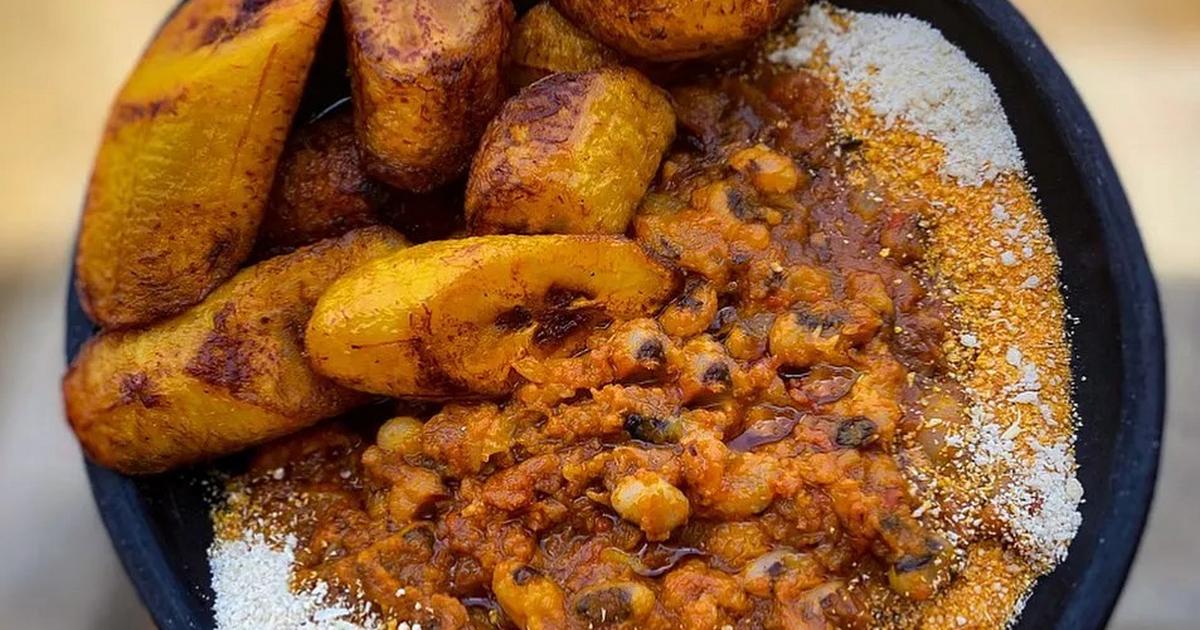Gobe
Estimated reading time:

Within the rich tapestry of West African culinary heritage, Gobe/ Gob3 / Yo Ke Gari emerges as a tantalizing dish, celebrated for seamlessly blending beans and ripe plantains. This delightful combination creates a culinary treasure that captivates taste buds with its diverse textures and flavors. Known by various names, including Yo Ke Gari, this dish reflects the cultural diversity and culinary creativity of the region.
Origin of Gobe
Gobe, deeply entrenched in West African culinary traditions, transcends geographical boundaries to become a beloved meal for families and communities. Its various monikers, such as Yo Ke Gari, highlight the dish's adaptability and popularity across diverse cultural contexts.
Ingredients and Preparation
At the heart of Gobe are two primary ingredients: beans and ripe plantains. The beans, soaked and cooked to a creamy perfection, provide a protein-rich base for the dish. Ripe plantains, whether fried or cooked alongside the beans, introduce a natural sweetness and a delightful textural interplay.
Seasoning plays a pivotal role in Gobe's allure. A blend of spices and herbs, featuring ingredients like onions, tomatoes, garlic, and ginger, imparts a distinct flavor profile. The addition of palm oil contributes a rich and earthy undertone, adding depth to the overall preparation.
Serving and Variations
Gobe showcases its versatility through various presentations. Whether served as a one-pot meal with beans and ripe plantains simmering together in a flavorful broth or as a thicker, porridge-like consistency with blended beans, the dish adapts to local preferences.
An exciting aspect of Gobe is its pairing with gari, a finely grated and dried cassava product. Also known as Yo Ke Gari, this delightful combination enhances the overall experience, providing an extra layer of texture and a slightly tangy flavor. Gari can be sprinkled on top or served as a side, complementing the dish in unique and delicious ways.
Cultural Significance
Beyond its exquisite taste, Gobe holds cultural significance as a dish that fosters communal bonds. Whether prepared during festive occasions, family gatherings, or communal celebrations, Gobe symbolizes unity and hospitality ingrained in West African culture. Yo Ke Gari, as it is known in some regions, continues to bridge cultural gaps and delight palates with its diverse appeal.
Conclusion
Gobe stands as a testament to the diversity and richness of West African cuisine, offering a medley of flavors that resonate with the soul. This fusion of beans, ripe plantains, and gari creates a dish that is not only comforting and satisfying but also deeply rooted in tradition. Whether enjoyed as a daily staple or presented during special occasions, Gobe invites food enthusiasts on a journey of culinary exploration, celebrating the vibrant and interconnected flavors of the Ghana.
